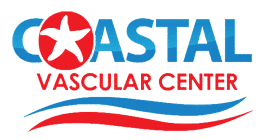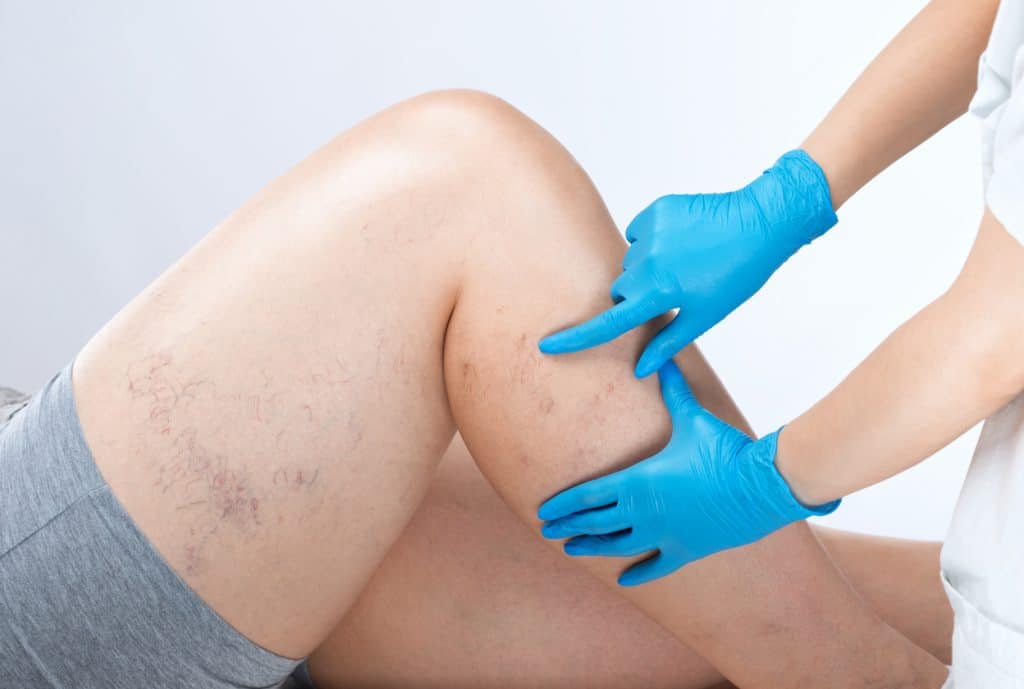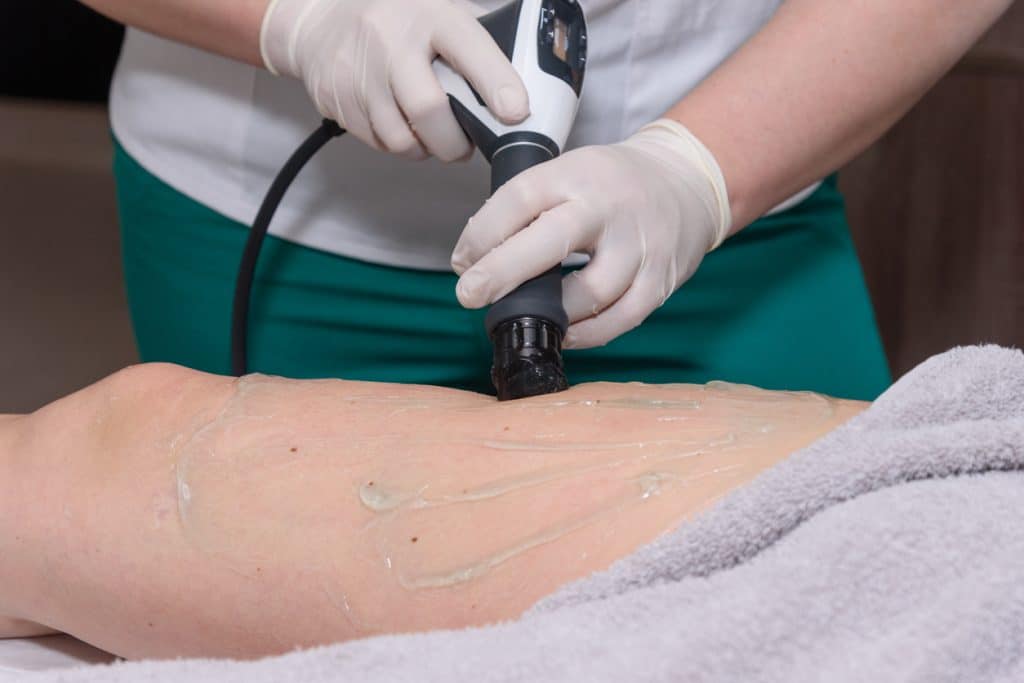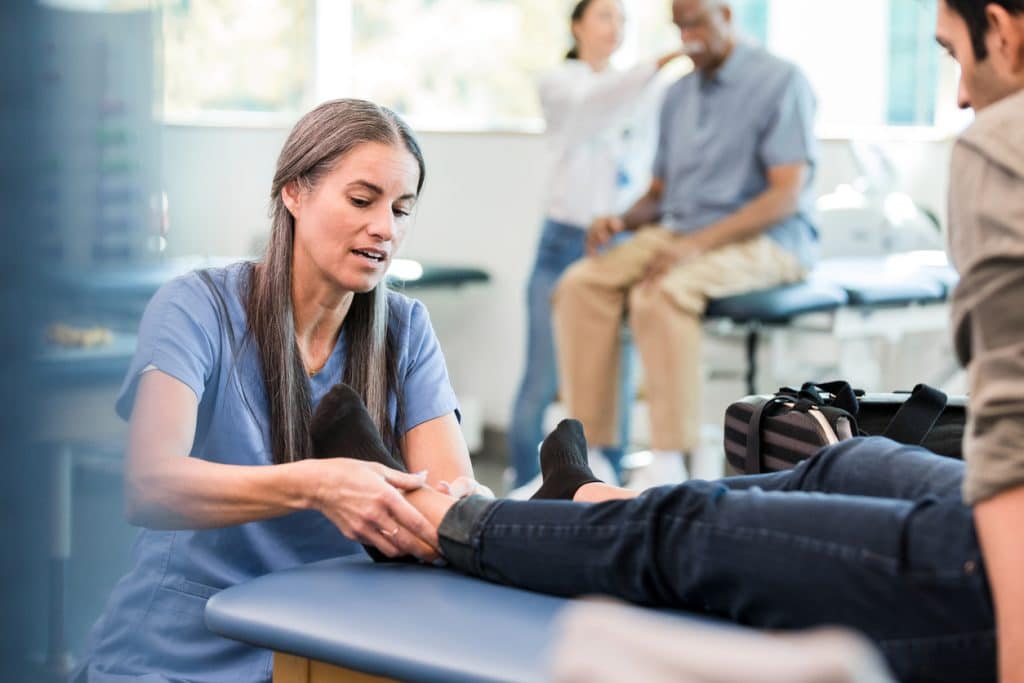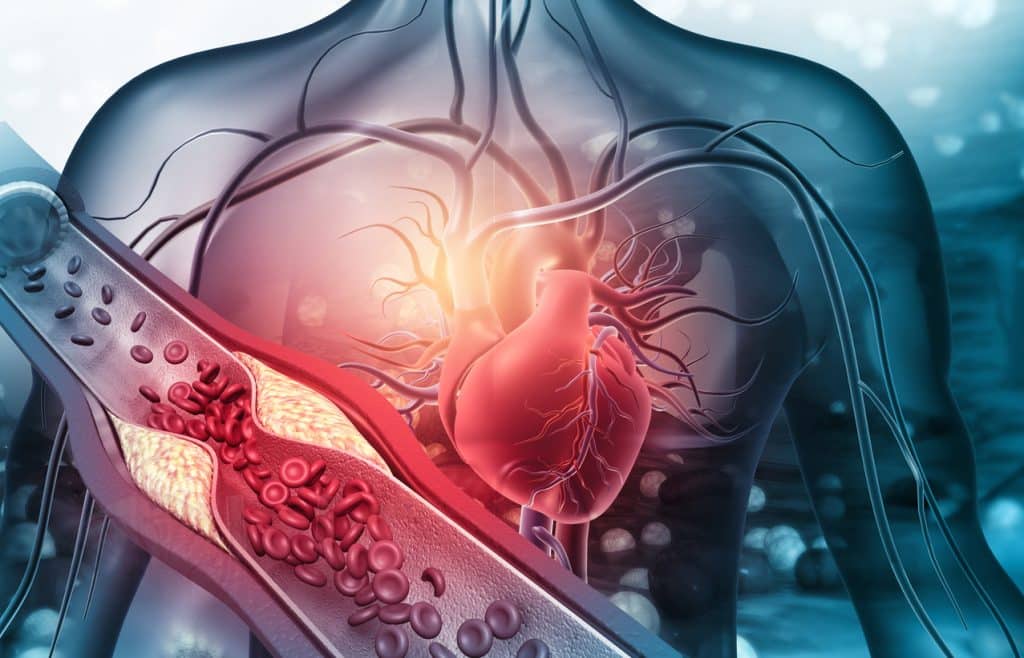Peripheral Arterial Disease (PAD) affects millions worldwide and is characterized by reduced blood flow to the limbs due to narrowed arteries. While medical and surgical treatments are paramount, nutrition is critical in managing PAD and improving overall well-being. This article delves into the best nutrition and meal strategies for individuals struggling with PAD to enhance blood flow and minimize disease progression.
Key Nutritional Principles for PAD
1. Focus on Heart-Healthy Fats
Incorporate mono- and polyunsaturated fats found in olive oil, avocados, nuts, and fatty fish like salmon and mackerel. These fats help improve cholesterol levels and reduce inflammation, thus aiding in blood flow.
2. Increase Fiber Intake
Foods high in fiber, such as whole grains, legumes, fruits, and vegetables, can help lower bad cholesterol levels (LDL) and manage body weight, which is crucial in easing PAD symptoms.
3. Limit Saturated and Trans Fats
Reducing the intake of saturated fats found in red meat, butter, and cheese, along with avoiding trans fats in processed foods, can decrease cholesterol buildup in arteries, improving PAD condition.
4. Control Portion Sizes
Moderate eating helps maintain a healthy body weight, reducing the burden on your cardiovascular system and easing PAD symptoms.
5. Opt for Antioxidant-Rich Foods
Antioxidants protect your cells from damage. Berries, leafy greens, nuts, and seeds support artery health.
6. Stay Hydrated
Proper hydration is vital for maintaining blood volume and promoting healthy circulation, which is essential for those with PAD.
Meal Planning Tips for PAD
Adhering to a balanced diet that promotes vascular health is critical. Here are some practical tips for meal planning:
Breakfast
- Oatmeal topped with fresh berries and a handful of walnuts provides fiber, antioxidants, and healthy fats.
- Avocado toast on whole-grain bread serves as a source of good fats and fiber.
Lunch
- Quinoa salad with chickpeas, spinach, tomatoes, cucumbers, and a lemon-olive oil dressing offers a heart-healthy, fiber-rich meal.
- Grilled salmon with a side of steamed broccoli and brown rice provides omega-3 fatty acids and antioxidants.
Dinner
- Stir-fried tofu and vegetables over barley or farro boosts your fiber with heart-healthy protein.
- Chicken breast cooked in olive oil served with quinoa and a mixed greens salad is lean and rich in nutrients.
Snacks
- Sliced apples with almond butter offer a satisfying crunch with heart-healthy monounsaturated fats.
- A small handful of mixed nuts is a nutrient-dense option that supports vascular health.
Managing PAD
Managing Peripheral Arterial Disease through dietary adjustments can significantly impact your quality of life. You can support your vascular health and mitigate PAD symptoms by emphasizing heart-healthy fats, fiber-rich foods, antioxidants, and proper hydration. Remember, dietary changes should complement your prescribed medical treatments. Always consult a healthcare professional or a dietitian to tailor nutritional advice to your specific health needs, ensuring the best care and management of PAD.
